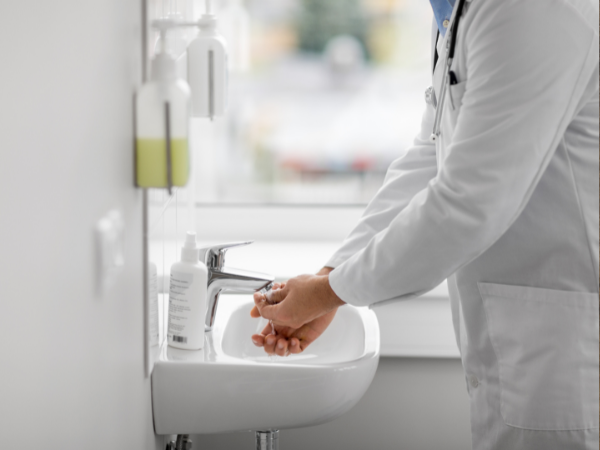A hospital in Israel has traced outbreaks of antibiotic resistant pathogens in it’s ICU to an unlikely place; the sink traps.
Thanks to the over-use of many antibiotics, we’ve seen a sharp rise in these antibiotic-resistant superbugs, meaning hospitals are less safe for patients than they should be on the whole. The risk of hospital related infection is high, even with current measures in place, as any outbreak in a hospital environment is likely to affect those who are already unwell or at risk.
The investigation into the source of the infection found that all but the first 2 of the 32 cases of infection could be linked to one particular bacterial strain. The team discovered that running water was able to aerosolise the microbes in the sink traps, leading to infection of nearby patients. As a result, the hospital was able to put in extra measures to ensure the affected sinks were disinfected regularly and used minimally, eventually eliminating the issue.
"Understanding the source of these resistant bacteria and how they were being spread was essential to effectively intervening and preventing the further spread," said Gili Regev-Yochay, MD, lead author of the study and Director of the Infection Prevention & Control Unit at Sheba Medical Center at Tel HaShomer in Israel. "While we were unable to prevent the sink traps from being colonized, by changing our behavior associated with the sinks we have prevented the spread of these infections."
However, is that good enough? The measures put in-place in this case worked, but only after many infections and an investigation to find the source. If fixtures and fittings are found to be the source of a dangerous infection in the ICU, shouldn’t we be looking at what else we can do?
Antibacterial As A Product Feature
Many hospital fixtures and fittings can have antibacterial and antiviral additives impregnated into the materials during manufacture.
Addi-Tec work with the world’s leading producer of antimicrobials, SANITIZED, to help manufacturers provide exactly this type of product. So if hospitals could have the option of using fixtures, fittings and furniture that are antimicrobial from the start, what’s preventing this from becoming standard practice?
- Lack of education among the architectural and interior supply teams who work with our hospitals
- Manufacturers not being aware of how easy it is to include an antimicrobial into their product
- The increased price of an antimicrobial product compared to the standard
The final point should be moot, as the risk of infection is far costlier in all aspects possible. So we’re left with lack of education and lack of suitable product.
Shocking Statistics
The team at SANITIZED recently released a blog detailing the bacterial CFUs (Colony Forming Units) that have been found in airports.
“In a current investigation, 21,630 CFUs were documented on the armrests of seats at the departure gates in American airports. That is about 100 times more than on toilet-door handles! But that’s not all. The new record holders are touch-screens that airline passengers must use to check in. The measurements yielded an incredible 253,857 CFUs.”
With figures like this it’s easy to see how dangerous these antibiotic resistant strains in hospitals can be.
The Solution
Sanitized(R) is the product we recommend for microbial resistance. It’s BPR compliant and comes in a variety of delivery forms, meaning it can be added to many material types. In fact, Sanitized(R) is what you’ll find as an ingredient in hospital-grade latex gloves, so why not make other hospital items using it?
If you’re a product manufacturer specialising in healthcare, call our team today to see how we could help you add antimicrobial functionality into your products.

